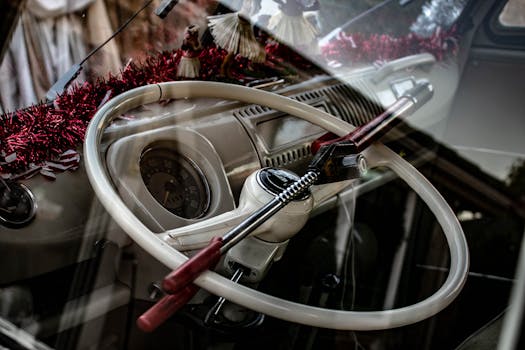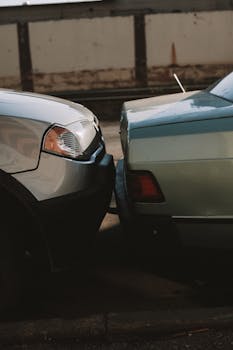Trending Authors
Auto Insurance
October 24, 2025
Auto Insurance
October 24, 2025
Auto Insurance
October 24, 2025
Auto Insurance
October 24, 2025
Auto Insurance
October 24, 2025
Auto Insurance
October 24, 2025



